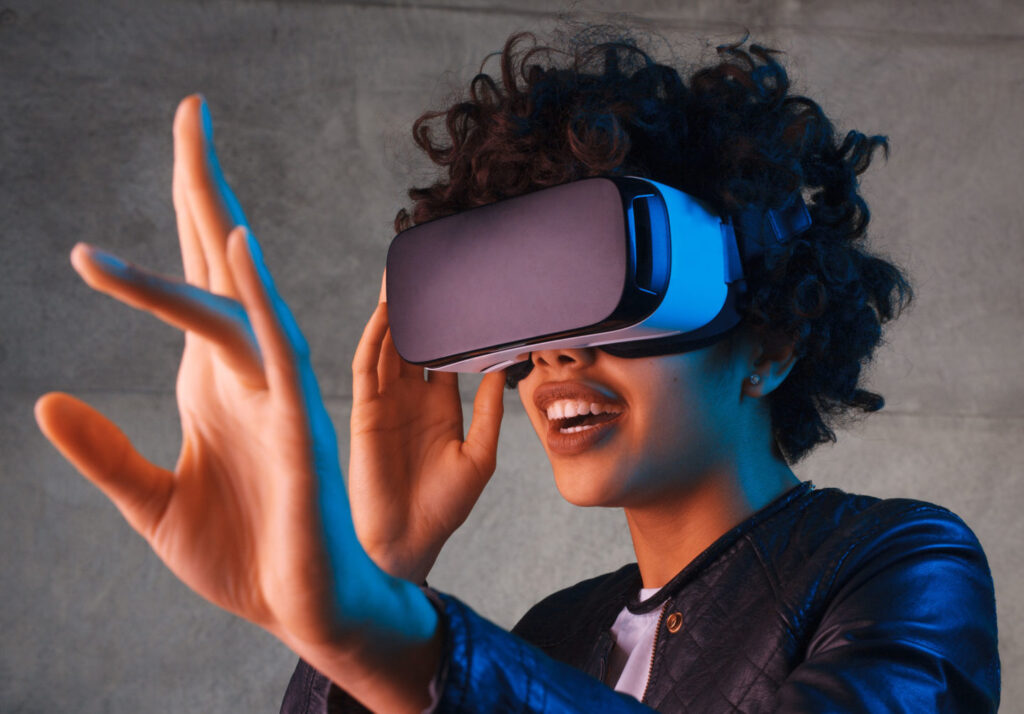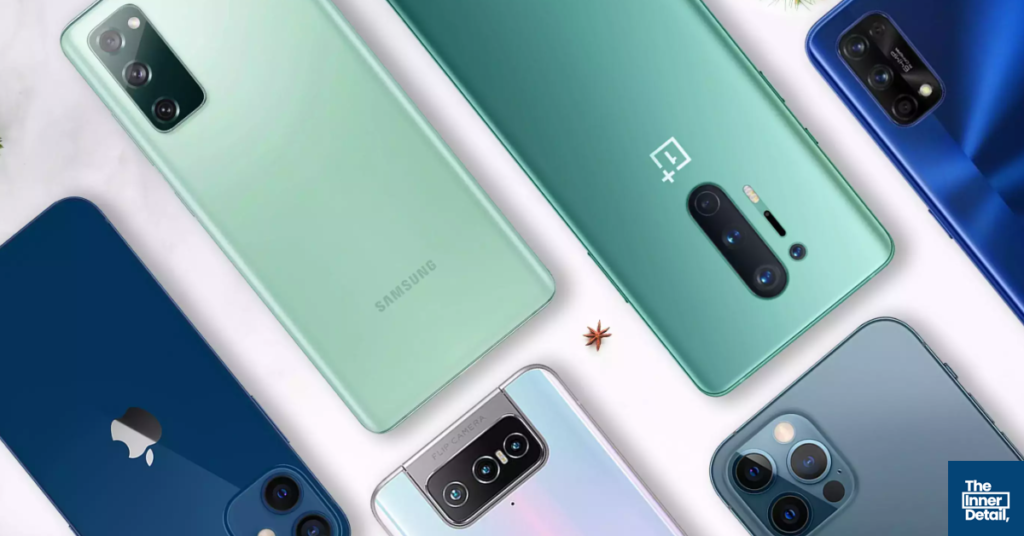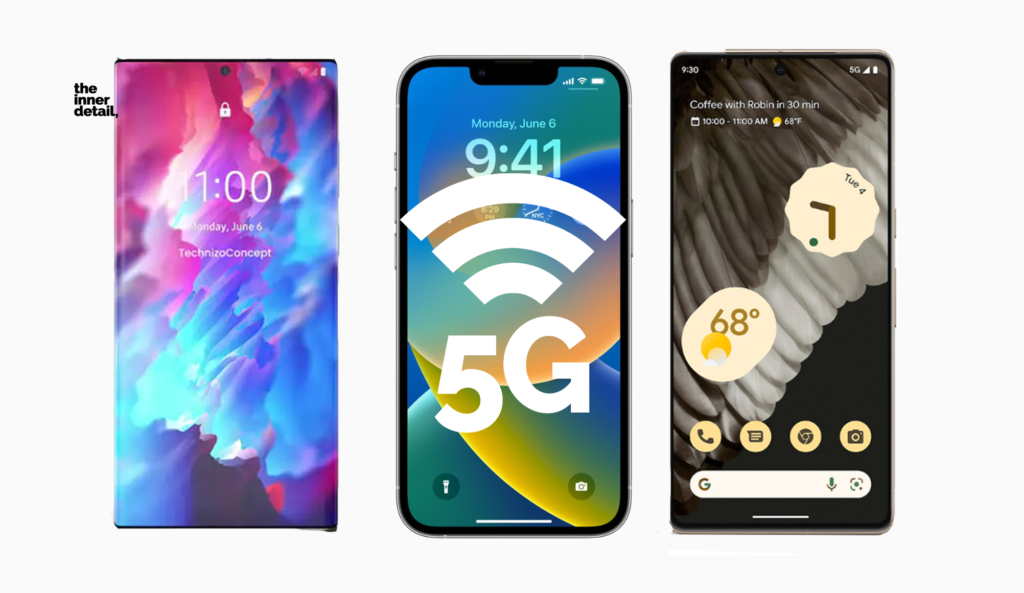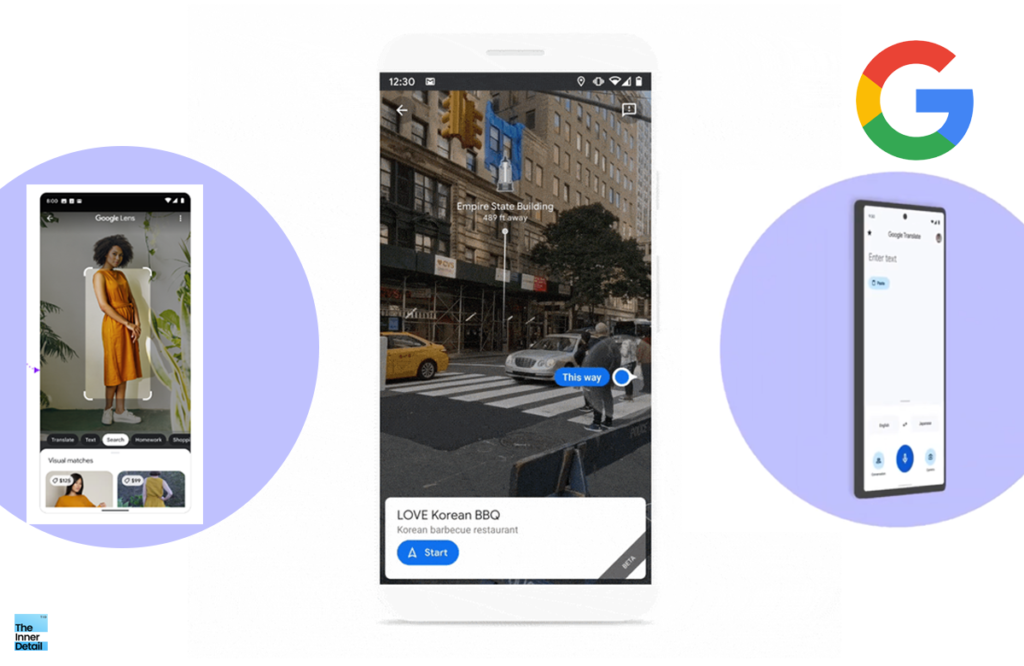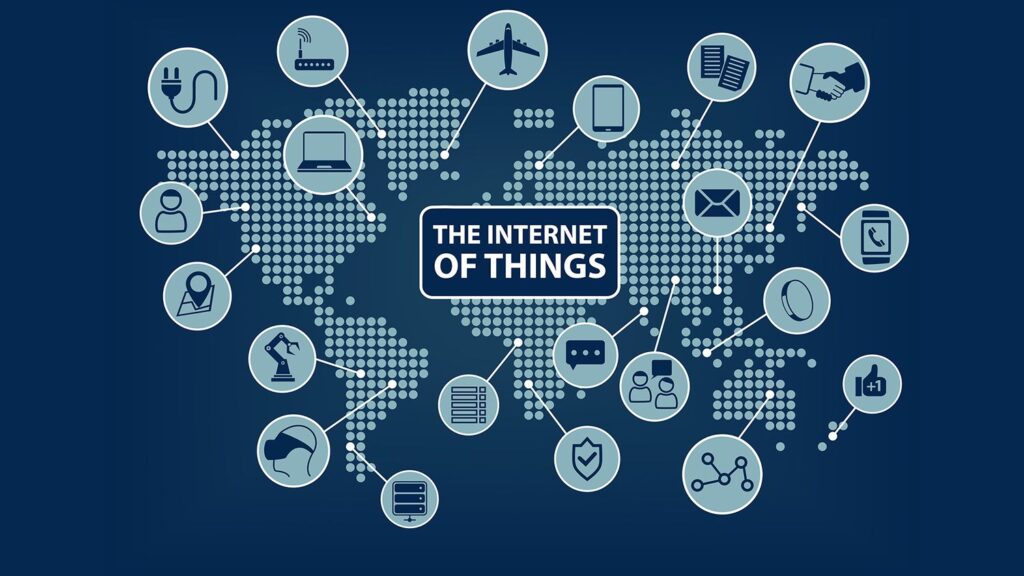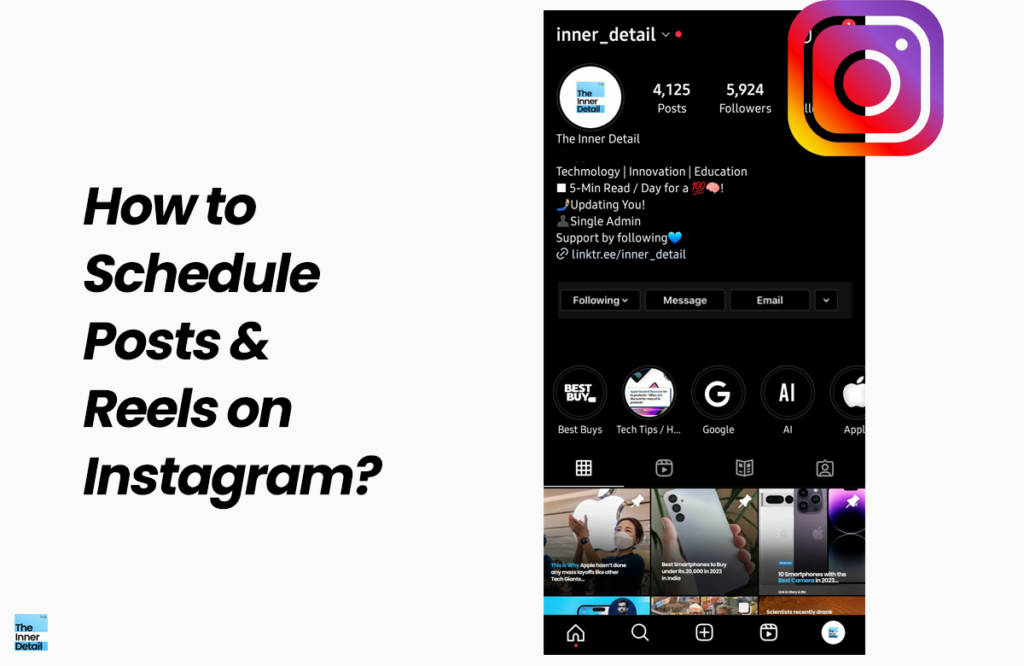As world sees colossal development in its vital fields like education, medical and economy, it also has its uplift in entertainment sector. May it be the PlayStations of Sony that grabs the gamers notice or the 3D movies that enhances the feel of watching. Further boost of the sector is the Virtual Reality, creating a whole virtual world for mankind, purely on its expectations. This reality not only imparts the entertainment, but other fields too, discussed in this blog.
Virtual Reality : Understanding
Virtual Reality (VR) is a technology that creates a simulated interactive environment. It shows like a world or completely superficial environment, that involves the user completely into it, through sensors, unlike traditional user interfaces. The user can touch, hear, vision and even smell the virtual environment, thus utterly immersed and able to interact with the 3D worlds.
Virtual Reality makes one experience the 3D world either by most recognizable VR component, head mounted display (HMD) or by materializing a room intended with the technology, displaying the virtual content into room-sized screens. In both the cases, humans are visual creatures in the virtual world and are even accounted to haptic happenings.
VRs are by and large incorporated to entertainment and education fields, to this 2020.
Techs Incorporated
The Virtual Reality is just the incorporated closing work of basic technologies viz, gyroscopes, motion sensors (for tracking the body moves), compatible HD screens and fast computer processors. The techs mentioned, collaboratively credits to the independently developed VR headset by the Oculus Rift Kickstarter in 2012.
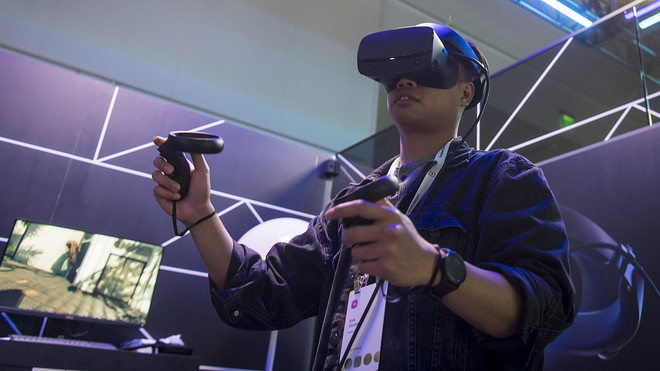
To create a feeling of immersion, special output devices are needed to display virtual worlds. Well-known formats include head-mounted displays or the CAVE. In order to convey a spatial impression, two images are generated and displayed from different perspectives (stereo projection). There are different technologies available to bring the respective image to the right eye. A distinction is made between active (e.g. shutter glasses) and passive technologies (e.g. polarizing filters or Infitec).
Now, for interacting with the virtual world, devices like 3D mouse, wired glove, motion controllers and optical tracking sensors are embodied. These may even indulge force feedback (being touched physically) at parts of the hand or body, that paves to adept the artificial reality and orientate oneself in the 3D reality through haptics and sensor technology and do the realistic simulations. For instance, it can feel you getting punched in real if the same happens in the virtual world, while playing WWE or any rivalry game.
How it differs from Augmented Reality?
Virtual Reality is often mismatched with the Augmented Reality and to be precise, these two are face to face genres of the technology, completely 1800.
Augmented Reality is the technology wherein artificial objects are simulated in the real environment while Virtual reality is simulating the environment itself. In Augmented Reality, the computer uses sensors and algorithms to determine the position and orientation of a camera. AR technology then renders the 3D graphics as they would appear from the viewpoint of the camera, superimposing the computer-generated images over a user’s view of the real world.
In Virtual Reality, the computer uses similar sensors and math. However, rather than locating a real camera within a physical environment, the position of the user’s eyes is located within the simulated environment. If the user’s head turns, the graphics react accordingly. Rather than compositing virtual objects and a real scene, VR technology creates a convincing, interactive world for the user.
Applications
In the entertainment field, VR headsets are used for gaming and 3D cinema to the optimum. Rather going for traditional user interfaces, opting to a more realistic gaming experience adorns the feel of gaming; same the case in cinema. This gratifying virtual world made its users rapidly increase over years.

Virtual Worlds are really aiding to be a form of therapeutic intervention, making a tool to study and analyze the interactions in the control environment, when it comes to psychology. For instance, there is the case of the virtual reality exposure therapy (VRET), a form of exposure therapy for treating anxiety disorders such as post traumatic stress disorder (PTSD) and phobias.
VR can simulate the workspaces for educational and training purposes, occupational safety and health purposes. Whether it be military, architecture, journal, anatomy and driving, it creates the workspaces for directly experiencing the imaginative. For instance, in engineering, it creates the 3D models of the complex devices or equipment and its workings, thus enhancing the level of understanding of the topic.
It is also employed in the digital marketing to provide all the way shopping experience, through just a mobile and VR headset.
” VR will continue to be a powerful technology for people with disabilities, and will continue to improve things we already do by making them easier or more convenient. Case in point: By the end of 2019 you’ll see people virtually shopping grocery store aisles from their kitchen. “
Top players of VR
While Google, HP and Lenovo looking to grab on this field, the top players till date are Sony’s PlayStation VR (PSVR), Facebook’s Oculus Rift and HTC Vive.
Sony’s PlayStation VR (PSVR) has the major outreach than others of the field, owing to its quality of PlayStation series since 1990s. PS4 of Sony had an immense reach out the world, but still expected to a grateful gaming, that added HMDs into its playstation. As such, the PSVR is the best-selling Virtual Reality HMD on the market, moving over 4 million units since its initial release, and showing that, if nothing else, VR gaming is here to stay.

Originally funded as a Kickstarter project in 2012, and engineered with the help of John Carmack (founder of Id Software, of Doom and Quake fame), Oculus became the early leader in Virtual Reality hardware for video games. Facebook bought Oculus in 2014, and brought the company’s high-end VR HMD to market for consumers. More recently, Oculus has seen success with the lower-price, lower-powered Oculus Go, and 2019 will see the release of multiple new iterations on the hardware, including the tethered Rift S and the stand-alone Oculus Quest.
The HTC Vive has been one of the best VR HMDs on the market since its consumer release back in 2016. Manufactured by HTC, the Vive was the first VR HMD to support SteamVR. The Vive has proven itself a durable workhorse for enterprise solutions, while also delivering one of the best consumer VR experiences available. The Vive was first released back in 2016, and has gone through several iterations, with the addition of a wireless module. The Vive Pro came out in 2018 and the Vive Pro Eye and the HTC Vive Cosmos are both slated for release in the second half of 2019.
Epilogue: Future
Virtual Reality, a simulating environment to experience and interact has its industry growing at a fast pace, with the consumer virtual reality market proliferating from $6.2 Billion in 2019 to $16 Billion by 2022.
VR gaming and VR video make up the largest consumer use cases for VR technology, with 20.8 billion U.S. dollars expected to be spent in 2023 on these areas alone.
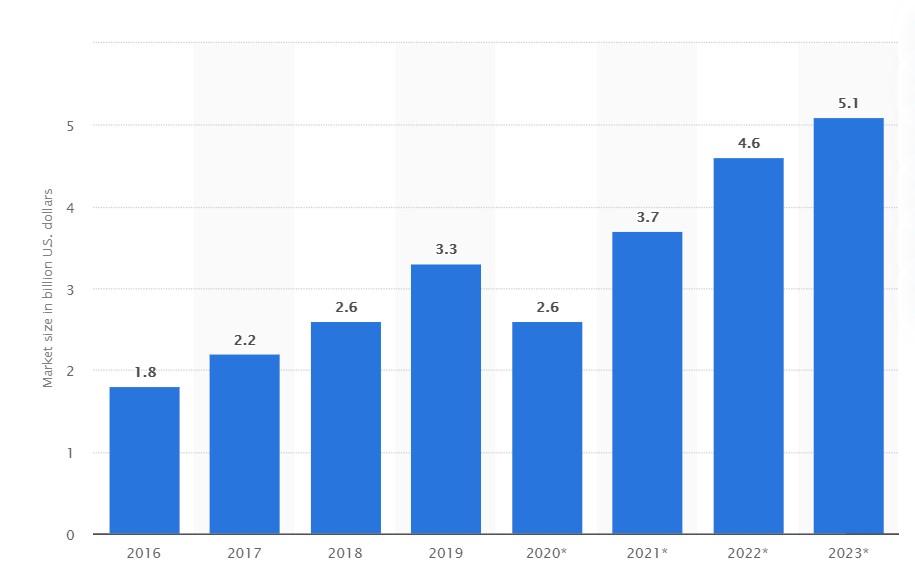
The field is however may be an addict to an individual, says experts. Like that fellow, who resigned the job to play Pokemon Go! Behind this, its use and applications make it fitting in the market and rising its standard indeed.
References:
